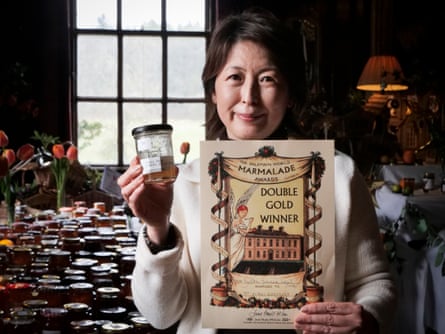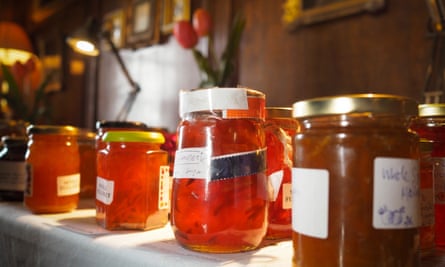Marmalade was never really my jam, but at the world marmalade awards at Dalemain house on the edge of the Lake District, I found myself a convert.
The experience has given weight to my theory that you might fall in love with any food if you try it at its finest. Hate tomatoes? Go to Italy. Not a fan of marmalade? Savour a spoonful in the presence of beaming marmalade fanatics who have spent their lives devoted to creating the tangiest, sweetest, jelly-ish version of the preserve.

At first I was sceptical about tasting the jam off the spoon. What is marmalade without the soft layer of butter? The crunch of toast? Surely it cannot be enjoyed without its accompaniments. Reassured by the purists, I dive in.
The first one I try is Keya Jam, a marmalade made from citrus taiwanica, a fruit endemic to the forests of Miaoli in Taiwan.
The marmalade is the perfect blend of sweet and bitter: honey notes come through more powerfully at the end and melt away the sharper taste of the citrus taiwanica. The texture is jelly-like, wobbling on the spoon. It’s also smooth, with peel so finely cut it immediately melts in the mouth.
Next up is the winner of the “interesting additions” category: a marmalade made with Seville oranges, clementines, lemon, sugar and peanut butter. I was apprehensive about this one. I’ve never been a fan of mixing two big staples together. But I am pleasantly surprised. The peanut flavour immediately tickles through, but it’s not overpowering, and gently fades into the background giving space for the citrus notes to shine through.

Japanese marmalades are traditionally more bitter in taste, but Hitomi Wakamura’s winning marmalade is the exception.
The notes of pear make it deliciously sweet. Made with yuzu, a small, round citrus fruit, it’s zesty and tastes exceptionally fresh, as if the fruit had just been picked off a tree. The mix of flavours are exquisite.
Source: theguardian.com


